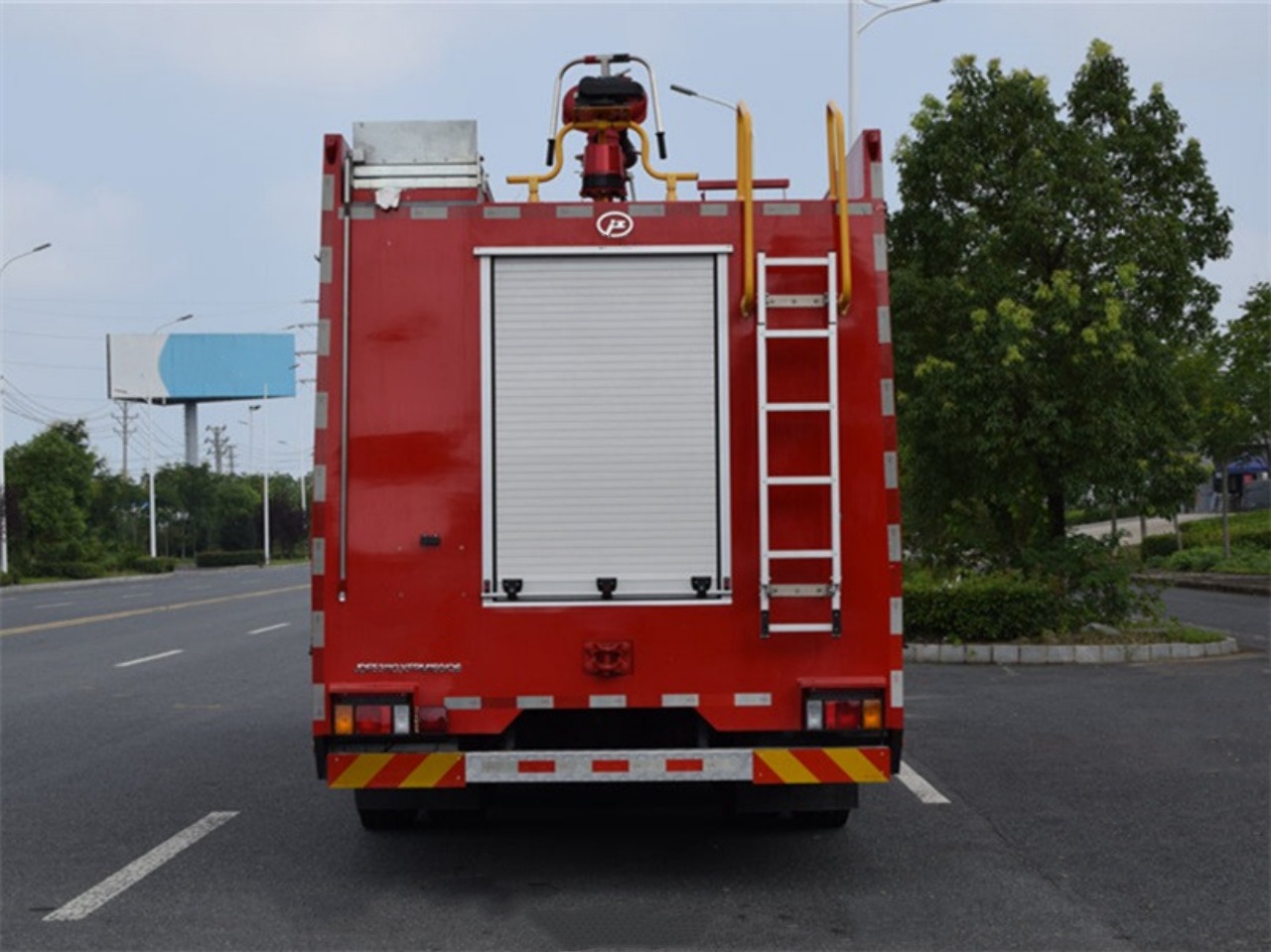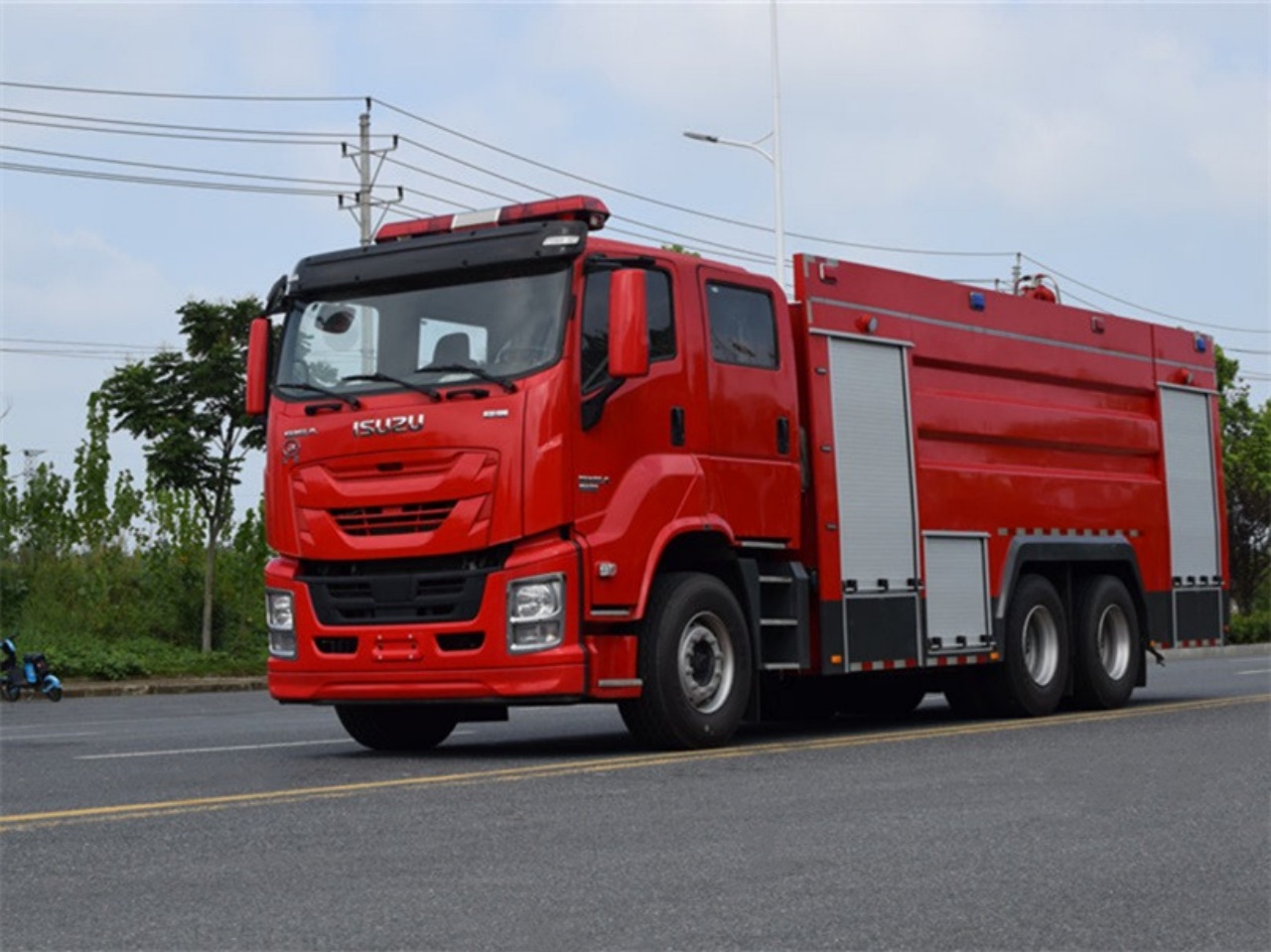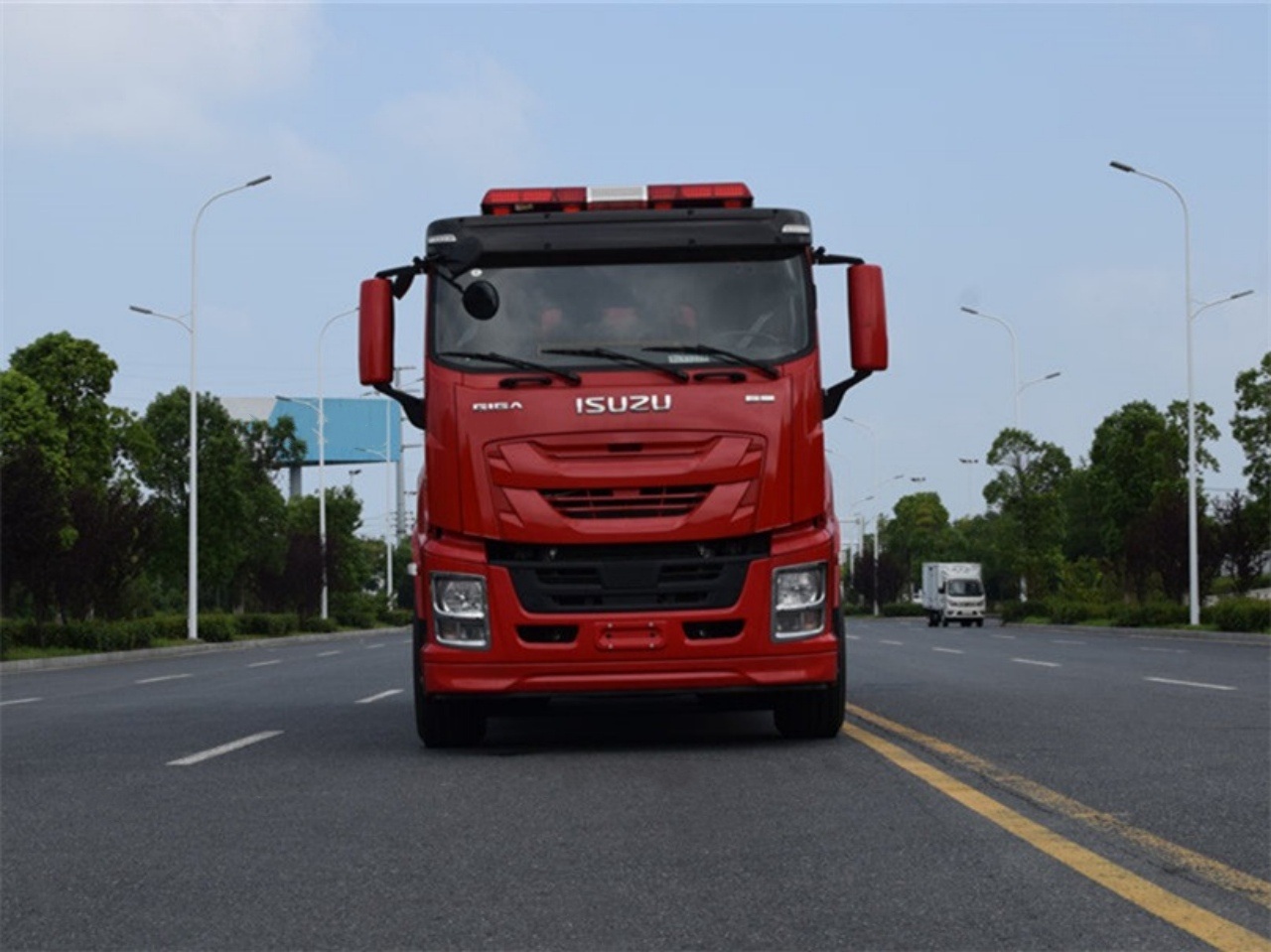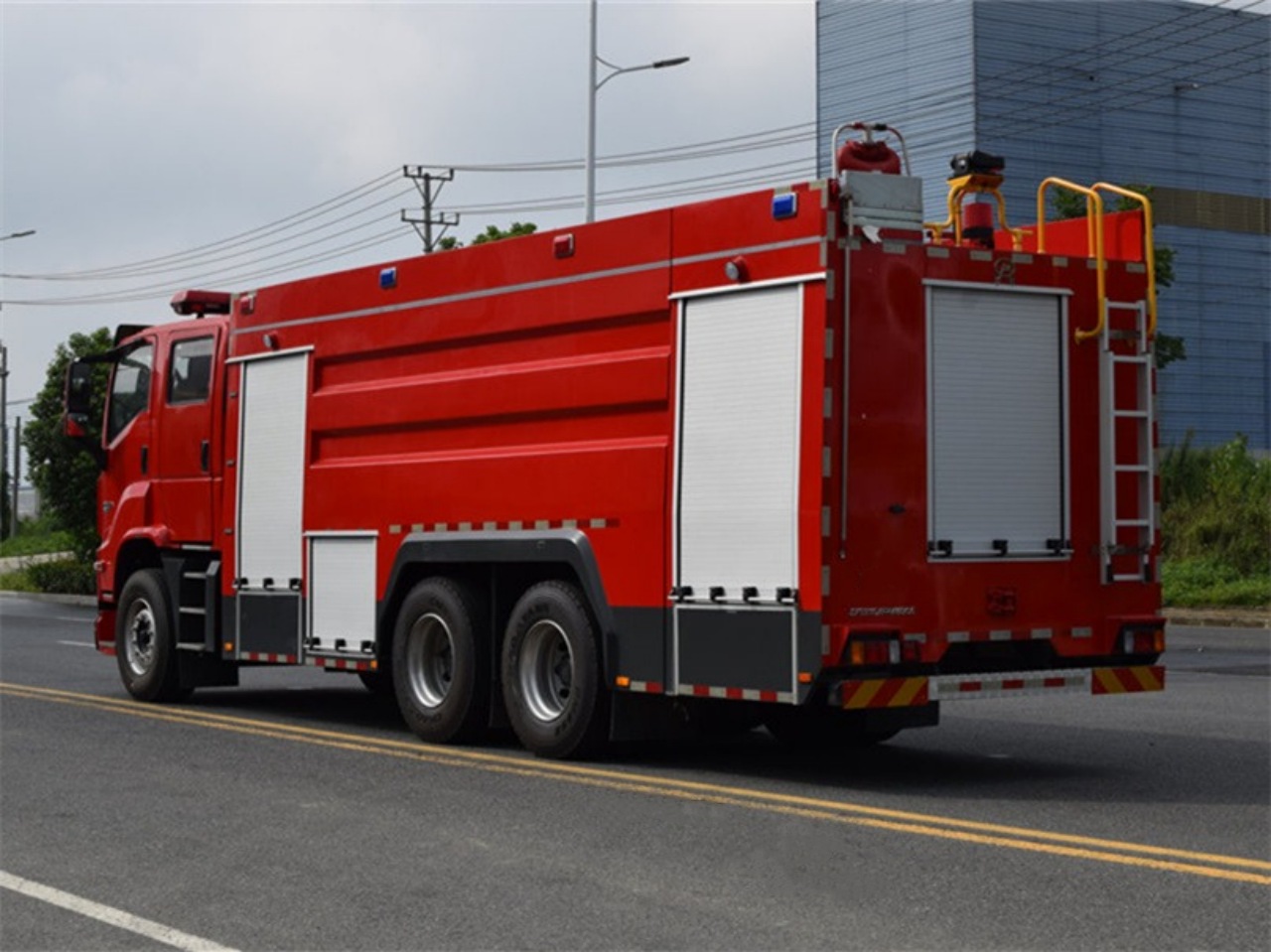When people think of fire trucks, they often picture big, red vehicles with flashing lights and loud sirens rushing to emergencies. But few stop to consider just how large these vehicles are and why their size matters. The dimensions of fire trucks are not arbitrary—they are carefully designed to accommodate the equipment, personnel, and tasks required during fire and rescue operations. In this article, we’ll break down the typical sizes of different types of fire trucks, explore how these dimensions affect their performance, and look at some of the largest and most compact fire trucks used around the world.
Understanding Fire Truck Classifications
To understand fire truck sizes, it’s helpful to know that there are several types of fire trucks, each with different purposes. In general, fire trucks fall into these common categories:
- Pumper or Engine Trucks
- Ladder Trucks (Aerials)
- Rescue Trucks
- Tanker or Water Tender Trucks
- Wildland Fire Trucks
- Airport Crash Tenders
Each of these vehicles varies in size depending on its role, local fire department requirements, and the terrain it needs to navigate.
Typical Dimensions of Common Fire Trucks
1. Pumper or Engine Trucks
Pumper trucks (also called engine trucks) are the most common type of fire truck used in urban and suburban areas. They are equipped with water pumps, hoses, and storage for firefighting gear.
- Length: 30 to 35 feet (9 to 10.7 meters)
- Width: 8 to 9.5 feet (2.4 to 2.9 meters) excluding mirrors
- Height: 9 to 12 feet (2.7 to 3.7 meters)
- Weight: Typically 19,000 to 30,000 pounds (8.6 to 13.6 metric tons)
These trucks must be small enough to navigate city streets but large enough to carry up to 1,500 gallons of water and multiple personnel.
2. Ladder Trucks (Aerial Apparatus)
Ladder trucks come with extendable ladders or platforms that reach high-rise buildings. Some models also feature articulating booms for added maneuverability.
- Length: 40 to 50 feet (12 to 15.2 meters)
- Width: Around 9 feet (2.7 meters)
- Height: 11 to 13 feet (3.4 to 4 meters)
- Weight: 30,000 to 60,000 pounds (13.6 to 27.2 metric tons)
Aerial ladder length can vary widely, typically ranging from 50 to 137 feet (15 to 42 meters) in extension.
3. Rescue Trucks
Rescue trucks are equipped with specialized gear for technical rescues, such as vehicle extrications, high-angle rescues, and building collapses.
- Length: 30 to 40 feet (9 to 12 meters)
- Width: 8 to 9 feet (2.4 to 2.7 meters)
- Height: 10 to 12 feet (3 to 3.7 meters)
- Weight: 20,000 to 40,000 pounds (9 to 18 metric tons)
These trucks often resemble toolboxes on wheels, with compartments for cutting, lifting, and stabilization equipment.
4. Tanker or Water Tender Trucks
Designed for rural or undeveloped areas where hydrants may be scarce, tanker trucks carry large volumes of water to fire scenes.
- Length: 30 to 40 feet (9 to 12 meters)
- Width: 8.5 to 9 feet (2.6 to 2.7 meters)
- Height: 10 to 12 feet (3 to 3.7 meters)
- Weight: Can exceed 60,000 pounds (27 metric tons) when fully loaded
Tankers can hold between 1,000 to 5,000 gallons (3,785 to 18,927 liters) of water, depending on the design and local needs.
5. Wildland Fire Trucks
Used for fighting forest and brush fires, these trucks are lighter and more agile than urban fire engines.
- Length: 20 to 30 feet (6 to 9 meters)
- Width: 7 to 8 feet (2.1 to 2.4 meters)
- Height: 8 to 10 feet (2.4 to 3 meters)
- Weight: 10,000 to 26,000 pounds (4.5 to 11.8 metric tons)
These trucks are often 4×4 capable and can access rugged terrain where larger vehicles cannot go.
6. Airport Crash Tenders
Among the largest fire trucks in the world, these vehicles are built for speed, capacity, and specialized firefighting at airports.
- Length: 40 to 55 feet (12 to 16.8 meters)
- Width: 10 to 12 feet (3 to 3.7 meters)
- Height: 12 to 14 feet (3.7 to 4.3 meters)
- Weight: 70,000 to 100,000+ pounds (31.8 to 45.4+ metric tons)
They often carry up to 3,000 gallons (11,356 liters) of water and several hundred gallons of firefighting foam.
Why Size Matters in Fire Trucks
The dimensions of fire trucks aren’t just about scale—they’re about function. Here are some of the critical factors influenced by the size of a fire truck:
1. Equipment Storage
Larger trucks allow for more equipment and larger water tanks, crucial in areas where firefighting resources are limited or distant.
2. Crew Capacity
The cab size determines how many firefighters can be transported to a scene. Most standard engines carry 4–6 personnel, while larger apparatus can hold even more.
3. Maneuverability
Smaller trucks are essential in dense urban areas or narrow rural roads, while larger trucks are better suited for open roads and larger incidents.
4. Access to Buildings
Ladder trucks with longer reach can access tall buildings, but must be carefully placed due to their size. Their length and outrigger span can limit where they are deployed.
Standardization and Variability
While there are industry standards, such as those provided by the National Fire Protection Association (NFPA), individual fire departments often order custom-built trucks to meet their unique geographical and operational needs. For example, a department in a historic downtown area with narrow streets might use shorter wheelbase trucks, while suburban or industrial departments may opt for maximum capacity.
Notable Examples
- FDNY Seagrave Ladder Truck: Around 45 feet long with a 100-foot aerial ladder.
- Pierce Velocity Pumper: Roughly 33 feet in length, popular in U.S. departments for its versatile configuration.
- Oshkosh Striker (Airport Fire Truck): One of the biggest at over 50 feet long and 12 feet wide, capable of rapid response on airport runways.
Conclusion
The size of a fire truck depends heavily on its intended use. From nimble wildland engines to massive airport crash tenders, each type of fire truck is purpose-built with specific dimensions to best serve its mission. Whether navigating tight city streets or battling blazes in remote forests, the careful balance of size, capability, and maneuverability ensures that fire trucks are up to the challenge, wherever the call comes from.
Understanding fire truck sizes helps us appreciate the complexity behind what seems like a simple red machine, and the incredible engineering that allows firefighters to save lives and protect property every day.











